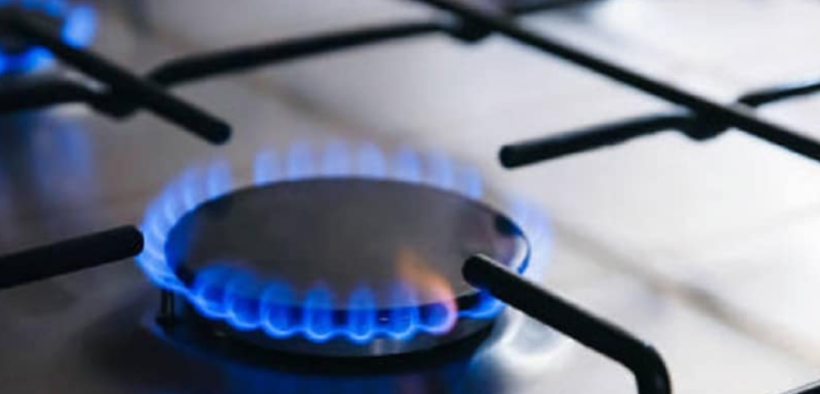Raised eyebrows over gas companies’ huge tariff rise request

The applications filed by gas firms with Ogra, asking for a 380 percent increase in gas tariff for the upcoming fiscal year 2024–25, which would take effect on July 1, 2024, have caused the incoming government employees to express concern. The officials described the petitioners’ estimates as greatly inflated and in need of justification.
Sui Southern has requested a rise in gas prices of Rs274.4 per MMBTU, according to well-placed official sources in the Energy Ministry. On the other hand, Sui Northern has argued for a colossal increase of Rs2,646.18 per MMBTU starting July 1, 2024, which would bring the price of gas to Rs4,447 per MMBTU. The gas firms have requested a significant rise starting on July 1, 2024, and have included the Rs 600 billion gap from past years in their applications.
The final users must pay Rs 2,170 per MMBTU in order to collect Rs 600 billion all at once. In addition, as part of the Rs76 billion in RLNG costs that would be incurred in the upcoming fiscal year 2024–2025, end users will also be required to pay Rs325.08 per MMBTU.
“In order to justify their requests, we have chosen to call a meeting with the senior executives of both gas firms. Gas prices have already increased twice for consumers: on November 1, 2023, they went up to 193.3 percent; on February 1, 2024, they went up to 67 percent. The government, aware that the current fiscal year’s income requirement is Rs701 billion, has raised the price of gas significantly in the current fiscal year 2023–2024 in an attempt to meet the revenue target of Rs902 billion. The gas firms have filed their revised applications for 2024–25 based on inflated projections, despite customer opposition.
According to the officials, after accounting for the deficits from prior years and rationalizing the assumptions, the maximum rise from July 1, 2024, may range from 10 to 15 percent. They hoped that Ogra would not let the gas firms to collect from customers the large shortages from the previous year all at once, as it had done in the past. The regulator must, however, gradually mitigate the effects of past years’ deficiencies, and the cost of RLNG diversion to the domestic sector must also be examined. The ministry’s senior brass wants to restrict the use of RLNG in the domestic market because it raises tariffs.
An estimated Rs232 billion would be spent on RLNG diversion from November 2023 to March 2024 during the current fiscal year. Nevertheless, the Rs250 billion in costs associated with RLNG diversion to the domestic sector between FY19 and FY22 have not yet been recouped and are now included in the Rs2.9 trillion circular debt.
According to officials, the lack of an increase in gas prices over the past ten years has resulted in an addition of Rs1 trillion to the existing Rs2.9 trillion circular debt. “Ogra used to make decisions, but the government managed to keep the gas rate from rising. The circular debt has increased by Rs1 trillion as a result of this very circumstance.

I am a dedicated student currently in my seventh semester, pursuing a degree in International Relations. Alongside my academic pursuits, I am actively engaged in the professional field as a content writer at the Rangeinn website.








